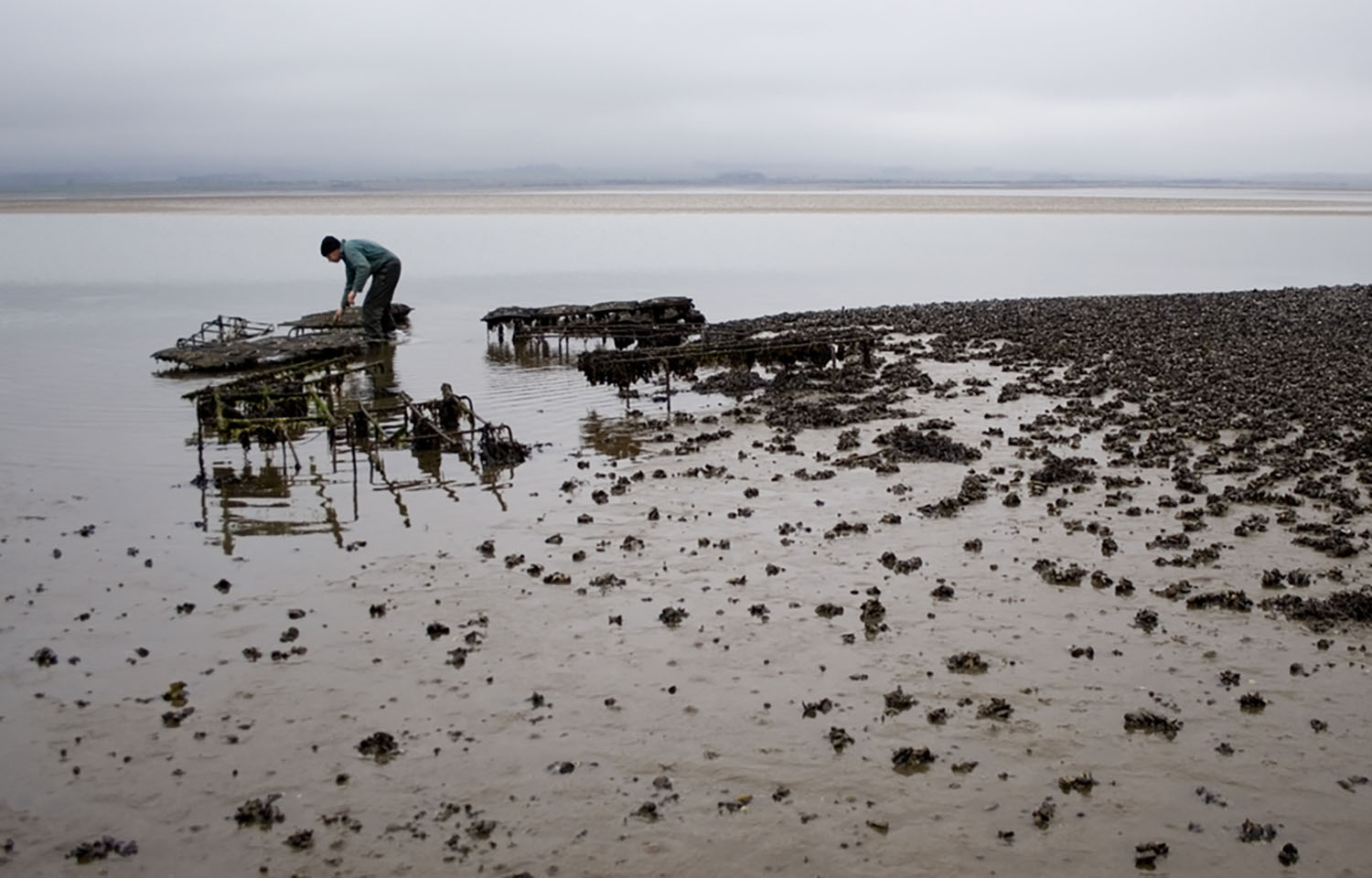Supporters of the U.K.’s departure from the E.U. four years ago promised the dawn of a golden era for the fishing and seafood industry. Those operating in the sector hoped the move would offer more control over volumes caught and the people catching in U.K. waters, subsequently presenting more opportunities for growth, particularly in coastal communities.
For those attempting to navigate the unique challenges Brexit has wrought on the U.K.'s seafood supply chain, that optimism has faded for many in the country’s seafood sector. Many continue to lament red tape complicating the export of many types of seafood to key overseas markets. If products do make it to Europe, they often incur significant additional costs. Brexit has also limited the number of foreign workers available for hire by U.K. processors, leaving them struggling to find sufficient numbers of employees to operate in a cost-effective manner.
Recent estimates from Scotland’s salmon sector put additional post-Brexit bereaucratic costs due to at around GBP 12 million (USD 15.3 million, EUR 14.1 million) than the sector would have otherwise experienced, with trade body Salmon Scotland pointing to “painfully slow” progress in the introduction of new measures to smooth trade flow and open new markets. This comes despite the international demand for the product remaining “incredibly high” and the sector being worth GBP 766 million (USD 977.9 million, EUR 898.3 million) a year to the U.K. economy, it said.
“International demand for Scottish salmon, rightly considered the best in the world, is incredibly high; with less bureaucracy, we could further grow exports. This, in turn, would generate millions of pounds for the Scottish and U.K. economies,” Salmon Scotland CEO Tavish Scott said.
One method by which the sector is trying to boost efficiency is by implementing a digital system for export health certificates, all in an attempt to eliminate the extra GBP 3 million (USD 3.8 million, EUR 3.5 million) that post-Brexit paperwork has cost salmon-farming companies, Salmon Scotland previously estimated. This has yet to come to fruition despite successful pilot testing taking place over two years ago.
Elsewhere, overriding frustration within the U.K. shellfish industry primarily relates to exporting bivalve mollusks, with the post-Brexit E.U. only allowing entry to mussels, oysters, cockles, clams, and scallop harvests originating from what it deems the cleanest water classification (Class-A), or if products have undergone purification/depuration prior to export.
Most U.K. waters don't qualify in that category, and shellfish from B-Class waters that are not purified cannot be exported to the E.U. These are restrictions that didn’t apply to the U.K. when it was an E.U. member-state but do now that it’s a third-country. The nation also possesses a distinct lack of depuration infrastructure.
With E.U. markets essential to British shellfish companies – historically accounting for around 80 percent of overall exports – closed access has been catastrophic, according to Shellfish Association of Great Britain (SAGB) Chief Executive David Jarrad. Jarrad told SeafoodSource the mussel industry in Wales has been obliterated. It went from exporting nearly 14,000 metric tons (MT) in 2009 to just 5 MT in 2022.
“Brexit is the gift that keeps on giving – or, rather, taking away,” Jarrad said. “The control that we are not allowed to sell B-Class shellfish into Europe that are un-depurated has wiped out the industry.”
Among the biggest victims of post-Brexit consequences on the shellfish industry are ...
Photo courtesy of Darryl Sleath/Shutterstock








